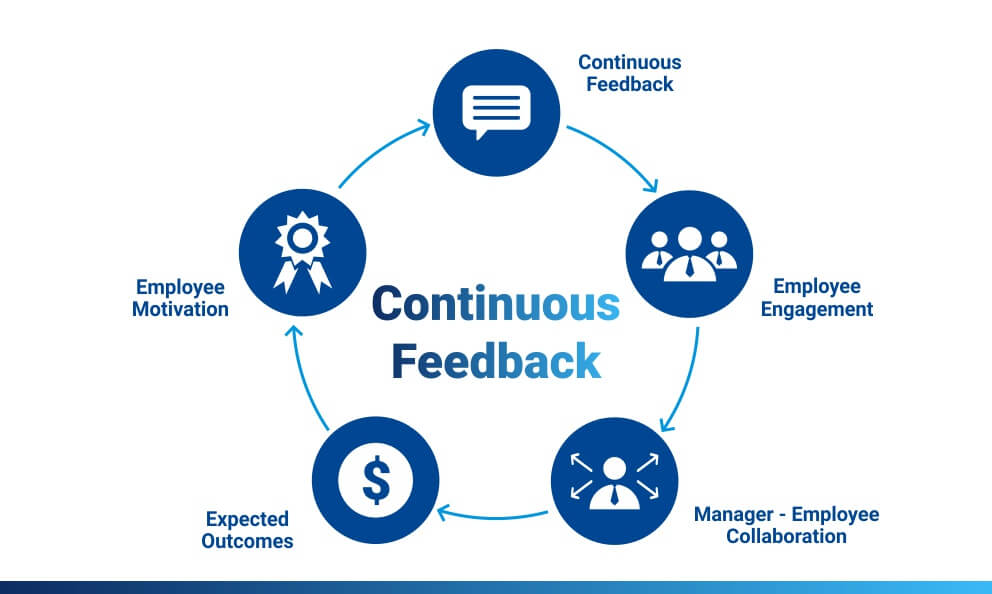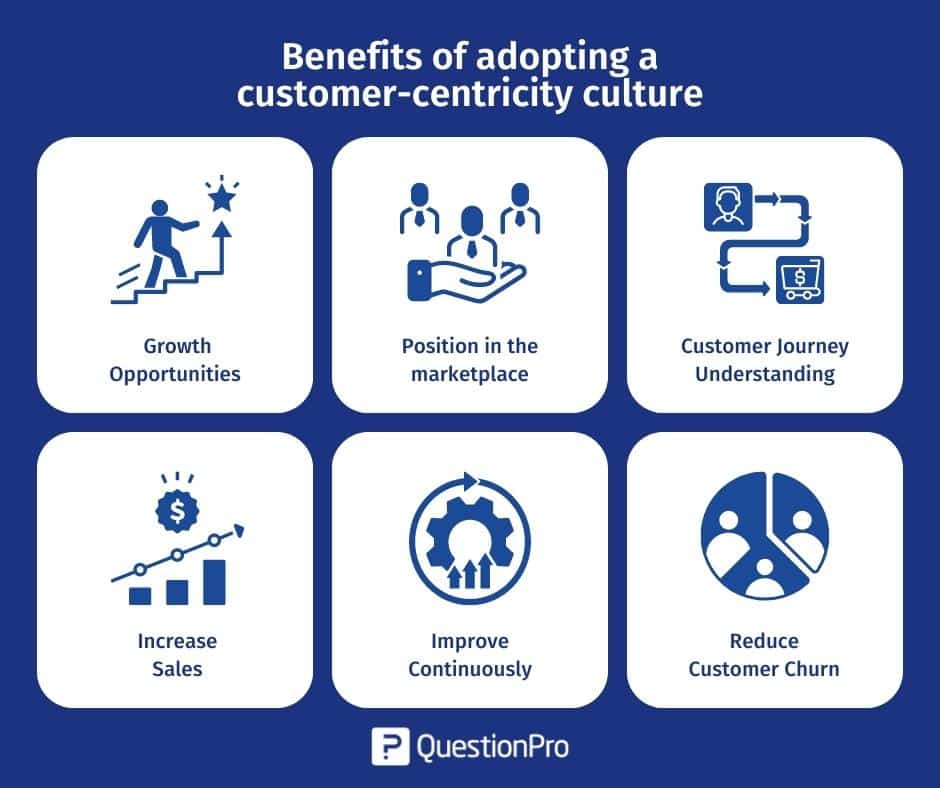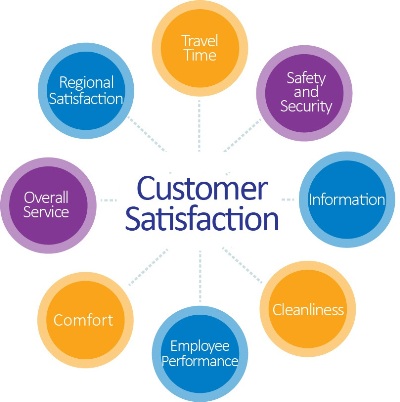Introduction to Customer Centricity
Customer centricity model is like building a house with the customer in mind at every step. It's not just about selling things; it's about understanding what the customer needs and wants and then making sure they get it.
Definition of Customer Centricity
Customer centricity is putting the customer at the heart of everything you do. It's about listening to them, understanding their needs. And then shaping your products, services, and experiences around those needs.
Importance in Business Strategy
In today's world, where there are countless options for almost anything you can think of, being customer-centric is crucial. It's what sets you apart from the competition. If you make your customers happy, they're more likely to stick around, come back for more, and even recommend you to others.
Key Principles of Customer Centricity

In this section, you’ll find the key principles of the customer centricity model.
Understanding Customer Needs and Preferences
First principle of the customer centricity model is understanding the customer's needs and preferences.
- Listen Up: Take the time to really hear what your customers are saying. Whether it's through surveys, reviews, or direct feedback, pay attention to their wants, needs, and pain points.
- Walk in Their Shoes: Try to see things from the customer's perspective. What might seem like a minor inconvenience to you could be a big deal to them. Empathy goes a long way in understanding their needs.
- Stay Curious: Customer needs can change over time, so don't assume you know everything. Stay curious and keep seeking feedback to stay in tune with what they want.
Building Long-term Relationships
Next customer centricity examples revolve around building long-term relationships.
- Think Beyond the Sale: Customer centricity isn't just about making a quick buck; it's about fostering relationships that last. Treat every interaction as an opportunity to strengthen that bond.
- Be Reliable: Consistency is key to building trust. Make sure your customers can rely on you to deliver quality products or services every time.
- Show Appreciation: Everyone likes to feel valued. Show your customer centricity examples through a personalized thank-you note or a special discount.
Personalization and Customization

Personalization and customization are one of the best customer centricity examples that shows:
- One Size Doesn't Fit All: Recognize that every customer is unique and has different preferences. Tailor your offerings to meet their individual needs whenever possible.
- Use Data Wisely: Leverage data to better understand your customers and deliver personalized experiences. This could include purchase history, browsing behavior, or demographic information.
- Make it Easy: Personalization shouldn't add complexity for the customer. Keep things simple and intuitive so they feel like you truly understand them.
Feedback and Continuous Improvement
Last key principle of customer centricity is to:

- Invite Feedback: Create channels for customers to provide feedback easily and encourage them to share their thoughts. Whether it's through surveys, social media, or direct communication, let them know you're listening.
- Act on It: Feedback is only valuable if you use it to make improvements. Take customer suggestions seriously and implement changes based on their input.
- Never Stop Evolving: Customer needs to evolve, and so should your business. Continuously look for ways to innovate and improve your offerings to stay ahead of the curve.
Benefits of Implementing Customer Centricity Model
This section shows the benefits of implementing a customer centricity model.

Enhanced Customer Satisfaction
One of the best successful customer centricity examples is customer satisfaction so:
- Happy Customers, Happy Business: When you prioritize the needs and preferences of your customers, it naturally leads to higher levels of satisfaction. They feel heard, understood, and valued, which can result in positive experiences.
- Word of Mouth: Satisfied customers are more likely to spread the word about their positive experiences. Whether it's through recommendations to friends and family or glowing online reviews, happy customers can become your best brand ambassadors.

Increased Customer Loyalty and Retention
A well-planned customer centricity model revolves around customer loyalty and retention.
- Repeat Business: When customers feel satisfied and valued, they're more likely to come back for more. Building strong relationships through customer centricity can lead to increased loyalty and repeat purchases.
- Reduced Churn: By focusing on customer needs and providing exceptional experiences, you can reduce the likelihood of customers switching to competitors. This means more consistent revenue streams and long-term relationships.
Suggested Reading: Customer Experience
Improved Brand Reputation
Next benefit of implementing customer centricity is improved brand reputation, like: w
- Stand Out from the Crowd: In today's competitive landscape, a positive brand reputation is essential. By consistently delivering excellent customer experiences, you can differentiate your brand from the competition and build trust.
- Good Vibes Only: Positive word of mouth and online reviews can help enhance your brand's reputation further. People are more likely to trust a brand that has a track record of satisfied customers.
Higher Revenue and Profitability
Like any other model, customer centricity model has potential for higher revenue and profitability:
- The Ultimate Goal: At the end of the day, every business aims to increase revenue and profitability. Customer centricity can directly contribute to this by driving sales through repeat business, referrals, and positive brand perception.
- Cost Savings: It's often cheaper to retain existing customers than to acquire new ones. By focusing on keeping your current customers happy, you can save on marketing and acquisition costs while maximizing the lifetime value of each customer.
Frequently Asked Questions(FAQs)
What is customer centricity?
Customer centricity is a business strategy focused on creating positive experiences at every point of customer interaction, prioritizing customer satisfaction and loyalty above all else.
Why is customer centricity important?
It leads to higher customer satisfaction, loyalty, and advocacy, driving repeat business and positive word-of-mouth, which are crucial for long-term success and competitiveness.
How can a business become more customer-centric?
By understanding customer needs and preferences, providing personalized experiences, seeking feedback, and fostering a culture that values customer satisfaction across all departments.
What are the benefits of being a customer-centric organization?
Increased customer loyalty, improved customer lifetime value, enhanced brand reputation, and competitive advantages leading to better business performance.
How does technology support customer centricity?
Technology like CRM systems, data analytics, and customer feedback tools enable personalized experiences, efficient service, and valuable insights into customer behavior and preferences.
